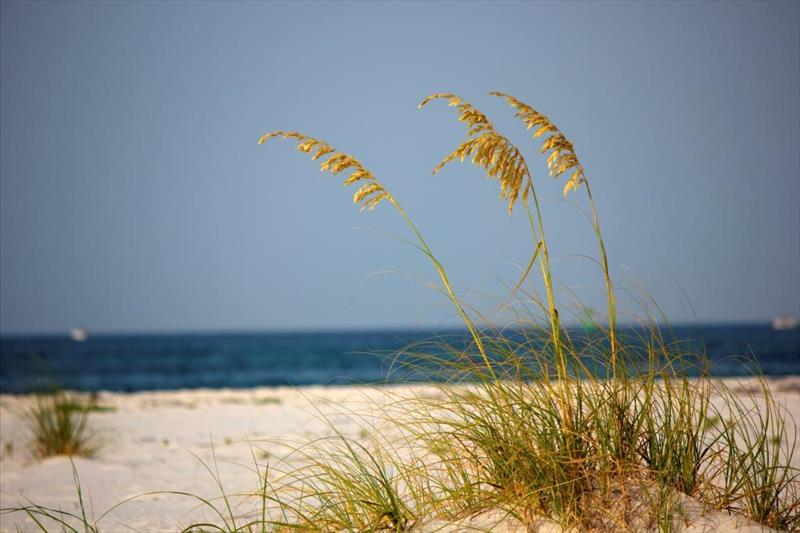
Status update: Florida Restoration Area Draft Restoration Plan 1
by NOAA Fisheries 29 Oct 2018 17:23 UTC

Florida Draft Restoration Plan 1 © Craig McDonnell
On September 25, the Florida Restoration Area trustees released our Draft Restoration Plan 1 and Environmental Assessment, and held a public meeting to present it on October 2.
In light of the impacts of Hurricane Michael on our coastal communities and resources, the Florida trustees will need to gather more information on proposed projects in the Draft Plan. Some projects may have been impacted by the hurricane. We also want to allow the affected communities to begin recovery, and to be able to participate more fully in review of the Draft Plan when they are able.
Even though the formal comment period ends on October 26, 2018, we will continue to accept public comments after that date while we determine next steps. After the next steps have been determined, we will post updated information on the Florida Restoration Area webpage and Florida DEP's Deepwater Horizon webpage, and distribute it via email.
The entire Florida Deepwater Horizon restoration team extends its thoughts and prayers for all those affected by Hurricane Michael.